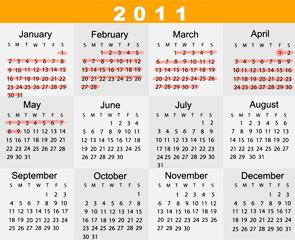Balancing hard runs with recovery
In the past 2 weeks, I’ve started doing 3 hard runs, 3 recoveries and, usually, a short hill repeat. I learned a few things about speedwork that I wish I knew before I started:
Tempos should be done gradually – it probably wasn’t the best idea to go out and try a 20 minute tempo when I’ve barely attempted a shorter one at 10 or 15 minutes
Tempos, intervals, and LSD runs should always be followed by a recovery run and, preferably, not followed by certain cross-training activities .. like weight-training. There should always be a 1:1 ratio between hard runs and recovery runs. Besides, those short slow run days actually improve your running economy over time.
Here’s an idea: start slow, build up your pace, finish strong.
Short bursts of speed is better for developing good form – I feel like it’s easier to get sloppy during much longer intervals at race pace. Lately, I’ve found that progression runs are awesome for developing good form and speed.
For beginners, I’d start in thirds. For instance, run the first 5 minutes at a relaxed and comfortable pace, the next 5 at your usual training pace, and the last 5 minutes at race pace. Here’s an idea: start slow, build up your pace, finish strong. Just pace yourself accordingly 🙂 Here’s what I’m currently doing:
Personally, I’ve never been a fan of easy run days and recovery runs, because I don’t get the same feeling of accomplishment as I do when doing a hard run. But… they’re kind of important. So a few ideas I came up with to have a little more fun with it:
- Recovery days are a great excuse for exploring the neighborhood. Run no pre-determined path and just explore a new area or a new park route. This might also be the best time to try out a new trail.
- If you need a slight challenge so it’s doesn’t feel “too easy”, do a short slow run over short hills.
- Go for a “catch-up” run with a friend. If you’re talking the whole time, you’ll be more mindful of your pacing. Besides, it’s an excuse to hang out while still logging those much needed miles.
- Run one-way and walk back. I’d probably only do this early in the morning. It makes for a much nicer walk back than if it was during lunch or rush hour after work.
If you run with a HR monitor, this is actually a little easier. Set your watch to keep your HR below a ceiling – it’ll ensure that your easy runs are actually easy. You’ll probably have to manually calculate your HR zones, but here’s a chart I got from http://www.marathonguide.com/FitnessCalcs/heartrate1calc.cfm that gives you an idea of how you can break things down:


